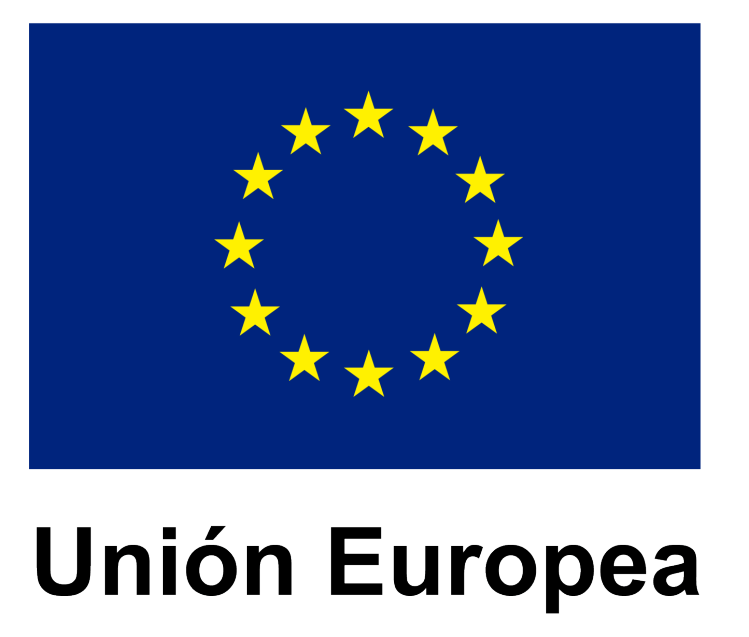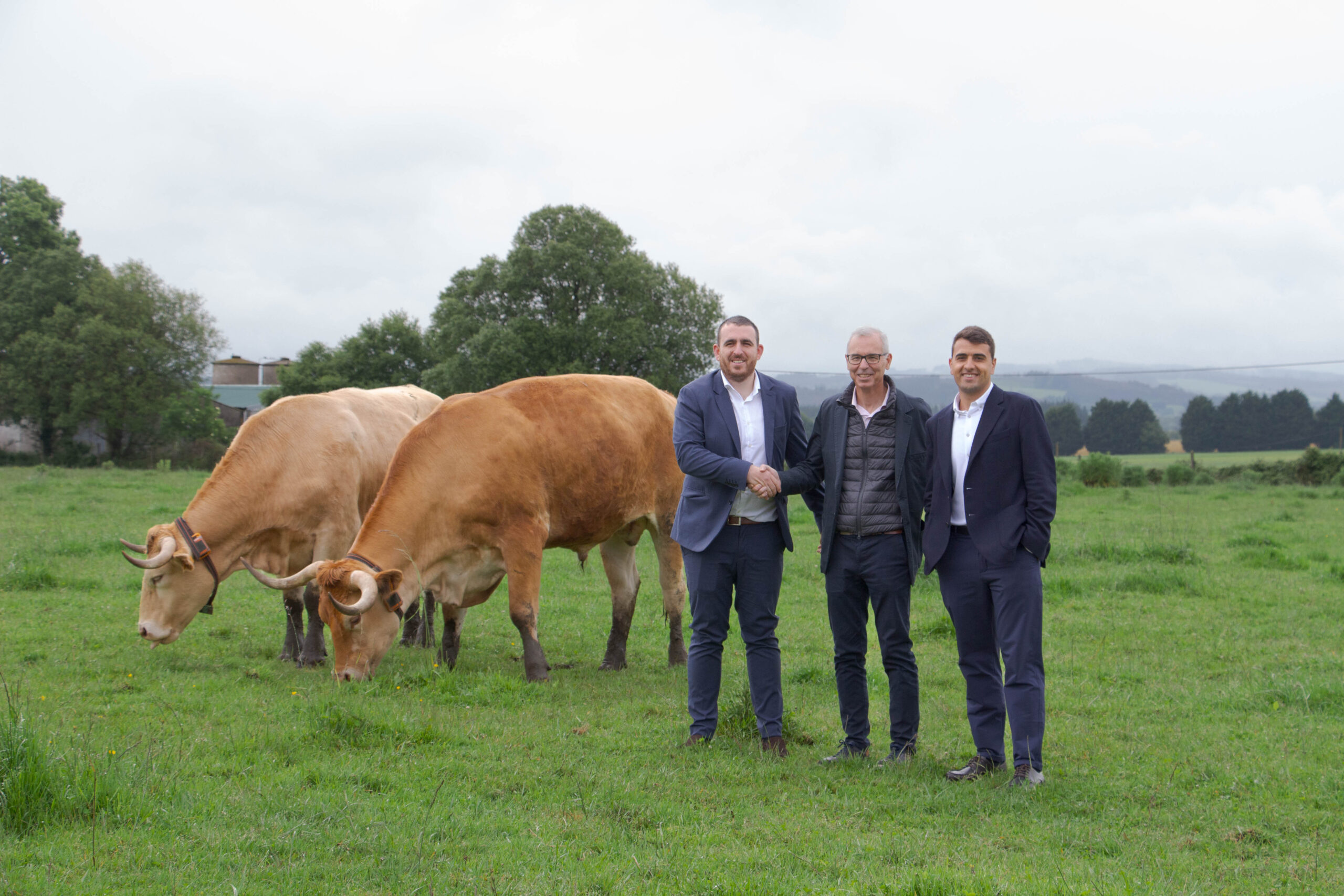In our first post we introduced the definition of bovine colostrum, its composition and evolution and its importance for calves. Now, we will delve into the next step: the moment of collection and administration to the animals.
Colostrum collection
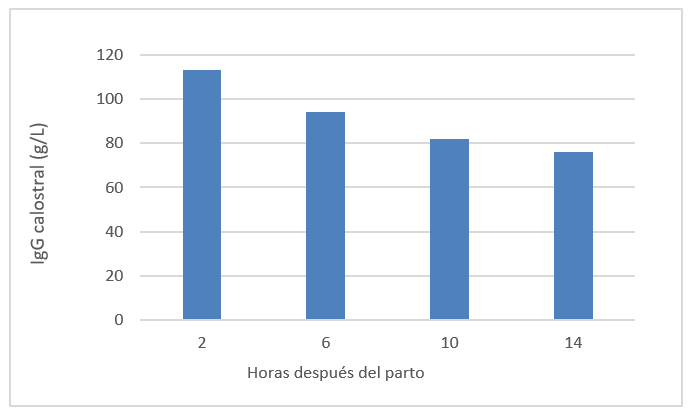
As we explained in the previous post, colostrum is the milk that contains the most nutritional properties and, therefore, the most complete and nutritious. These nutrients decrease with time, so the ideal time for collection is within the first two hours after delivery or, at the latest, within the first six hours.
Administration of bovine colostrum
As a consequence of the above, if we want the new calves to receive the ideal food to grow healthy and strong, we must administer the first colostrum as soon as possible, since the rate of colostrum growth is very high. absorption of immunoglobins (Ig) decreases rapidly from four hours after delivery.
Moreover, not only for our own sake, but there is a law that establishes this for the whole of Europe. In Directive 2008/119/EC on minimum standards for the protection of calves, it is agreed that “every calf shall receive bovine colostrum as soon as possible after birth and in any case within the first six hours of life” .
How to supply bovine colostrum?
Colostrum can be supplied naturally or artificially. In the first case, the calf will suckle it directly from the mother, while in the second case it will be administered through a tube. Both methods have certain advantages and disadvantages. On the one hand, natural breastfeeding favors the absorption of Ig, but it is more complex to control its administration. With the artificial method, however, the reverse is true, as it allows for better control of the amount fed to the calf and the timing of the first feeding.
Secondly, the action of suckling stimulates the formation of the esophageal drip, whose function is to directly communicate the esophagus with the abomasum. Therefore, if the calf suckles colostrum from the mother, it will pass from the esophagus to the abomasum and from there to the intestine. However, colostrum administered by gavage reaches the rumen before passing into the abomasum, taking 2 to 4 h for the entire process.
If we opt for natural feeding, it is necessary to make sure that the udder is in perfect condition and, in addition, mother and baby must remain together for at least 24 hours, in order to ensure ideal consumption. If this administration is deficient, artificial feeding will be necessary.
Colostrum volume
Since there is a wide variation in calf weights at calving, it is not advisable to establish a single ideal volume for all calves, so this measure is calculated as a percentage: the percentage of live weight or PV. Here we can speak in a more generalized way. It is recommended to administer 10% of the animal’s live weight in the first colostrum feeding, which is equivalent to about 4 liters, taking into account that the average weight of calves is usually 40 kg.
Immunological quality of colostrum
The quality indicator parameter in colostrum is its IgG concentration, for two reasons. Firstly, the relationship between Ig concentration and calf health and secondly, IgG constitutes 85% of the total Ig in colostrum. Therefore, high quality colostrum is colostrum with a concentration of more than 50g/l .
Because of this, there is a tendency to mix colostrums from different cows in order to minimize the influence of colostrums with low IgG concentration, but this is totally wrong, since we will only obtain a low quality colostrum and, in addition, it is a sanitary risk .
On what factors does the immunological quality of bovine colostrum depend?
- Mother’s age:
In general, first-time cows produce colostrum with a lower Ig concentration, but this improves progressively until the third or fourth lactation, where it stabilizes.
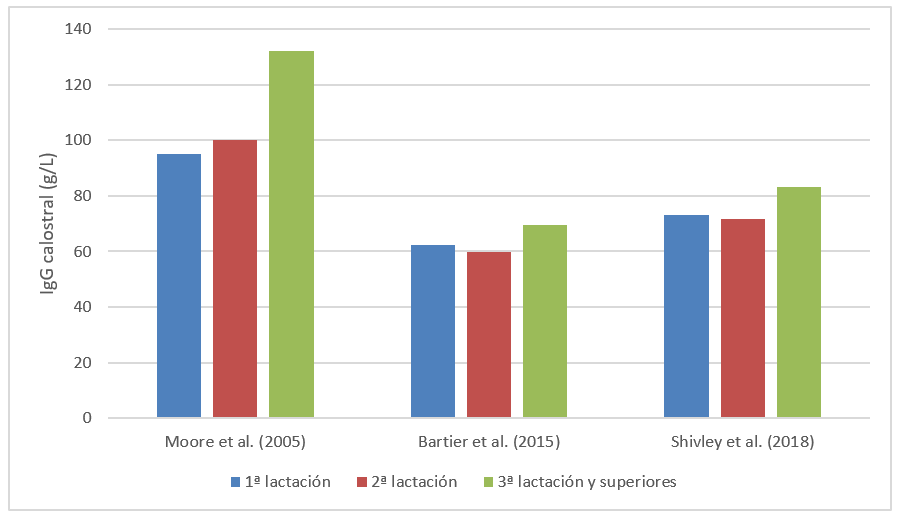
- Mother’s race:
The concentration of Ig varies depending on the breed of cow and also on whether the cow is dairy or beef, the colostrum of the latter being of much higher immunological quality than that produced by dairy cows.
- Volume of colostrum produced:
Within the same breed, colostrum will be of higher quality in those cattle that produce less colostrum, and vice versa.
Methods of evaluation of bovine colostrum
Without going any further, the simplest way to evaluate the quality of colostrum is by visual assessment. Generally, the best quality colostrum is creamy in texture, bright yellow in color and free of blood or other contaminants.
However, it is also the least objective. It is essential to analyze the composition of colostrum and measure its quality with specific tools before administering it. One of the most commonly used methods is through the use of a calostrometer.
What is a calostrometer?
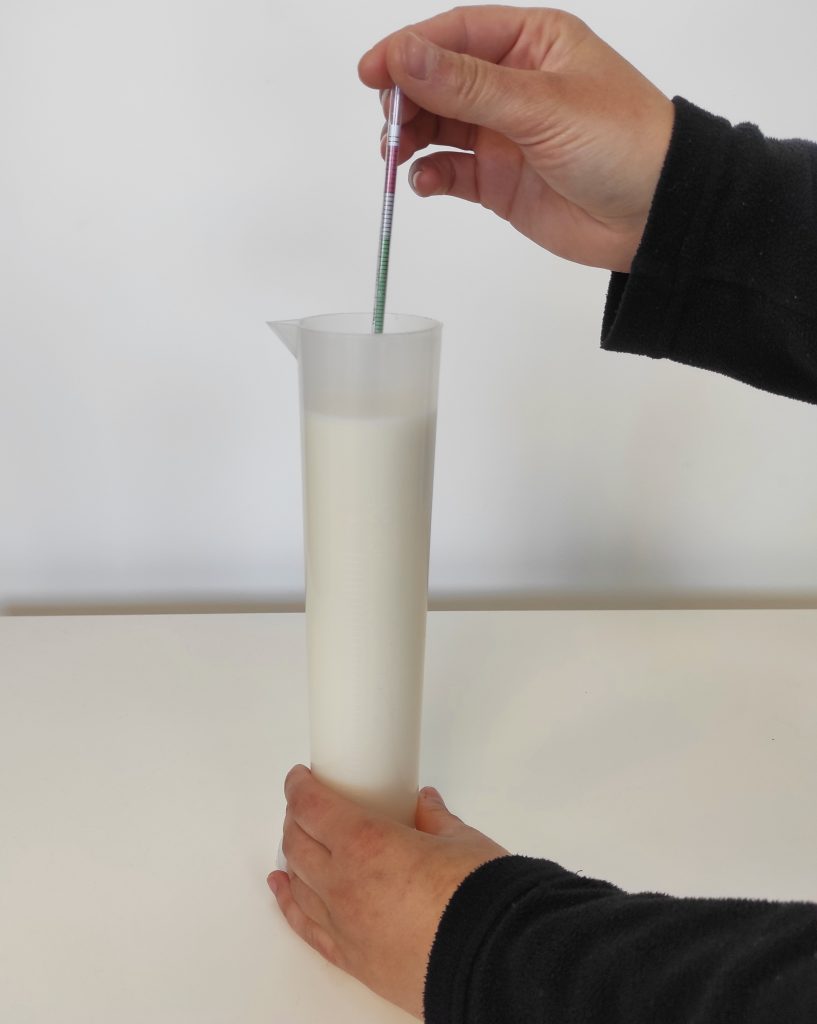
The colostrometer is a densimeter that estimates IgG concentration by measuring colostrum density. A density greater than > 1 ,050 approximates an IgG concentration > 50 g/L .
The quality level of the colostrum will be identified on a color scale, from green for optimal colostrum, to red for poor quality colostrum, to medium quality, which would correspond to yellow.
It is inexpensive and very easy to use, but its measurements can be affected by the amount of fat in the colostrum or by temperature.
Conservation of colostrum
It is advisable to have colostrum reserves to solve herd problems, such as poor quality colostrum in a dam or her death. To conserve it, it is recommended to identify it with date and quality in order to use the best one in the first feeding and not to mix colostrums from different cows, since it represents a sanitary risk.
Also, as with milk, it should be kept refrigerated or frozen. In the first case, it is best to refrigerate it in 1 or 2 liter bottles at temperatures between 1 and 4º Celsius, while in the second case, the recommended temperature is between -18º and -20ºC.
Maternal colostrum substitutes
However, although the use of natural colostrum is always recommended, there are substitute products to use when we do not have it, or to ensure the quality of the first feeding or disease control and eradication programs.
One way to produce “artificial colostrum” would be to mix a raw egg with milk and some castor oil to act as a laxative. Another recipe for emergency cases would be to mix one egg with 0.3L of water, half a tablespoon of cod liver oil or castor oil and half a liter of milk.
Transitional milk
From 24 hours after birth, colostrum is called “transition milk”. “transition milk and, with it, its properties also change. It is a less dense milk than colostrum and contains less solids, fat, PT and Ig, but its nutritional composition is still better than that of whole milk.
It is advisable to feed transition milk to calves for three days after colostrum feeding, as it contains a large amount of antibodies that decrease the likelihood of calves showing signs of respiratory disease, among other things.
If you want to know more about bovine colostrum, our veterinarian Carlota Antelo del Río talks about it in Vaca Pinta magazine. You can read the second part of her article

